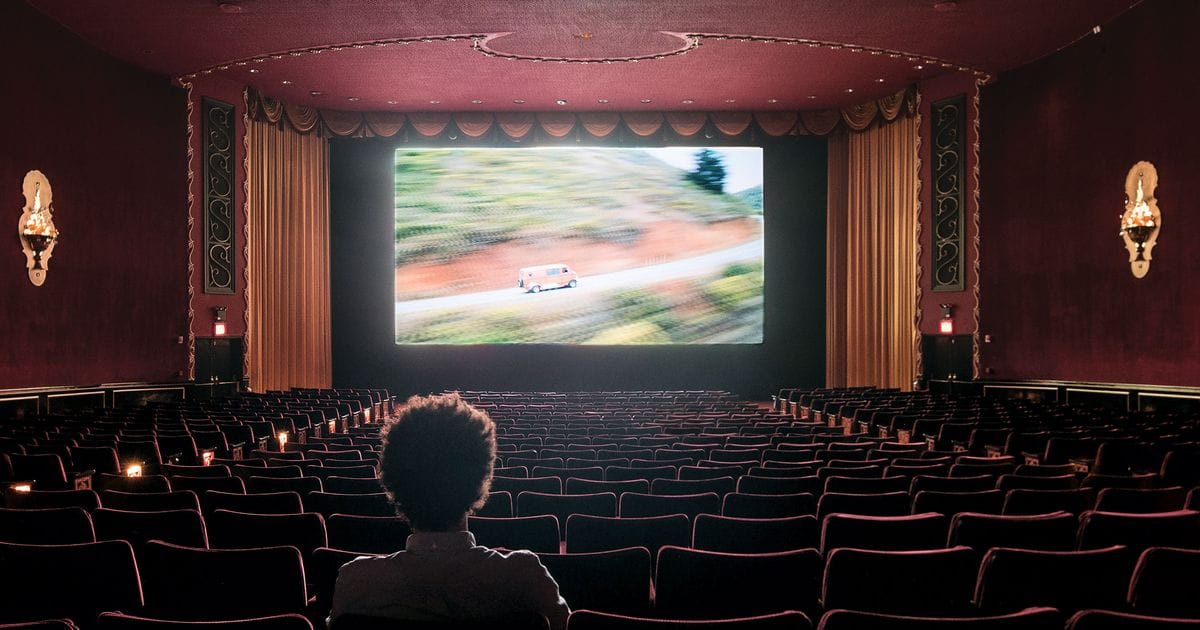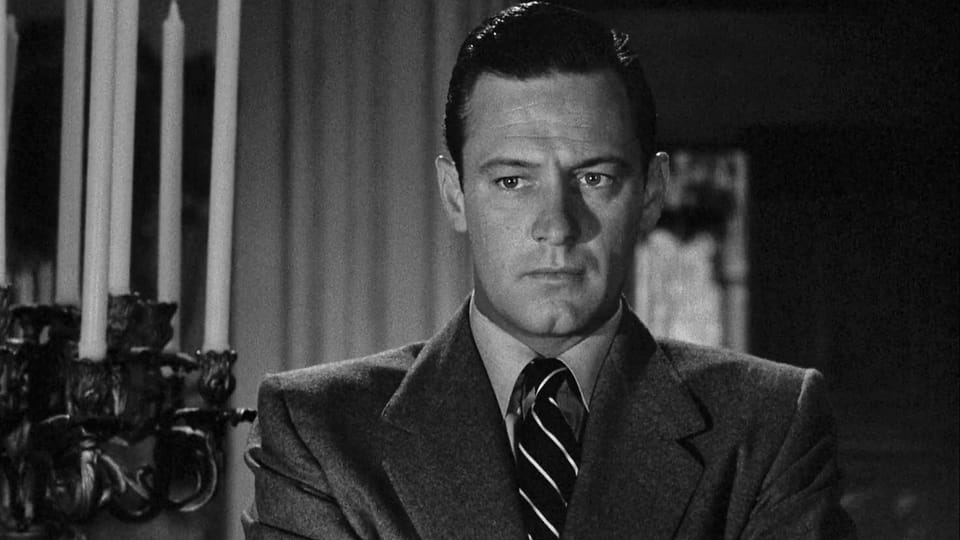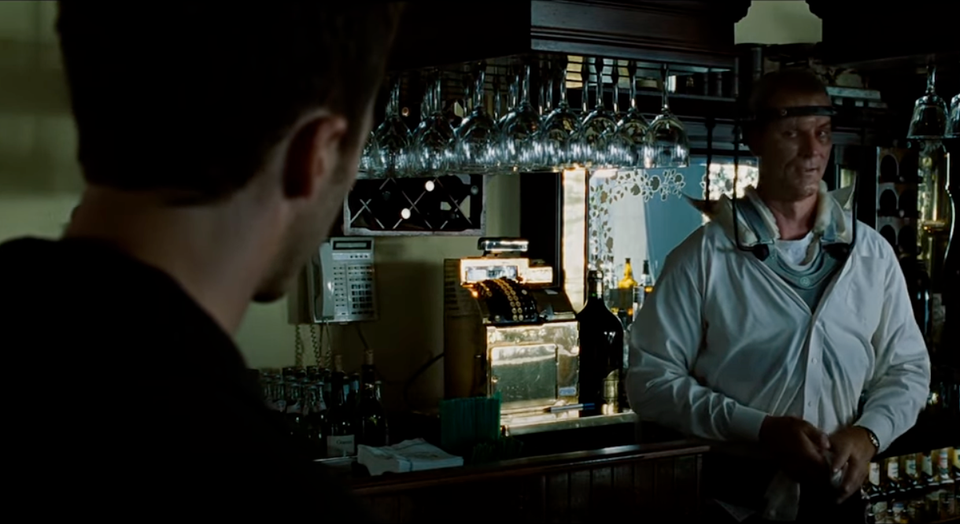It's your movie. Put the reader in the audience
If we can get the reader to see the images and feel the emotions, we can transmit our enthusiasm and excitement for the project to them.

The Story and Plot Weekly Email is published every Tuesday morning. Don't miss another one.
Write with the reader in mind.
The days of screenplays being written for production are mostly over. Today, the screenplay is written to be read. Production (hopefully) will come later.
There are countless ways to do this, many of which I've covered in previous emails and will cover more in future ones.
This week, however, I want to focus on a particular philosophy rather than the nuts and bolts execution.
I want to discuss a very specific angle of attack.
The action lines.
You will spend more time rewriting your action lines than you will your dialogue. Accept that ahead of time. Embrace it.
Why?
Because action lines are the greatest area of friction for the reader.
That's where they will likely get bored. It's where the reader will lose trust in you, and it will be the first thing they start skipping.
But you're going to need those action lines.
Because the action lines are how you get them to see your movie.
Keep the main thing the main thing
As with everything I teach, we keep our objective front and center.
What is our goal here?
Our goal is to get the reader to love our screenplay and say yes.
Yes to recommending it. Yes to passing it on. Yes to buying it, directing it, starring in it, or financing it.
Whatever it is, we are looking for YES.
But how do we do it?
We do this by evoking the emotional experience of seeing the movie on screen.
That is our primary goal for this version of the movie (the script). It is the criterion by which we decide what to put on the page.
If we can get the reader to see those images and feel those emotions, we can transmit our enthusiasm and excitement for the project to them.
And get them to say yes.
You need to envision your movie first.
Sure, you can conceive and explore the scenes in a three-dimensional space. Do whatever your process requires.
But when it comes to putting it on the page... You need to see a movie in your mind.
And share that.
Shot by shot if you have to. Envision this completed film.
Because you can't get anyone to see a movie, you haven't envisioned yourself first.
You are watching the movie.
Imagine yourself alone in the theatre. The lights are down. And it's your movie up there.
It's completed. It's finished. Music, stars, big budget. Whatever was needed. It's all up there.
You're watching it.
Your job now is to explain what is happening in real-time to someone who cannot see or hear it themselves.
And you want them to have the exact emotional experience you're having as you watch it for the very first time.
The visuals. The sounds. The emotion. The tension. Who we're rooting for. Who we're rooting against.
How do you do it? How do you convey this movie to them?
How do you get them to feel they're right there with you, feeling the exact same thing you are?
Listen to sports play-by-play.
Just get on the radio one day and listen to a sporting event. It doesn't matter what it is. Football, basketball, baseball.
Listen to them describe the game in real-time as it's happening.
Listen to the emotion and energy they bring as they try to transmit the experience of being there to the listener.
Just like the radio:
- You know who the hero is. The radio pairing is hired by the local team, and they know who you're rooting for.
- They don't pretend to be objective.
- When good things happen, it's awesome.
- When bad things happen, it sucks.
- Different play-by-play guys have different personalities, just like different writers do.
- And this personality is part of your voice as much as the confidence and specifics of what you write.
- Whether you're confident, enthusiastic, desperate, or insecure, that emotion has a way of seeping onto the page. Which trait do you want to show the world?
You must be brief.
If you describe these events as they are happening, then you must be brief.
Nothing should take longer to read than it takes to happen on screen.
You will almost always evoke images (shots, locations, clothing) rather than describe them.
How we feel about a house, an outfit, a haircut, a car, a friend, a shadow in the dark is almost always more important than the details of how you would describe it.
You are after the emotion.
Movies are an emotional delivery system. Everything you do is designed to make the audience (in this case, the reader) FEEL something.
And you want the collection of all these emotions throughout the movie to be greater than the sum of its parts.
So, as you write each line, each paragraph, and each scene, it's important to ask yourself what emotion you are trying to evoke.
Fear? Dread? Joy? Relief? Arousal? Hope?
What do you want the audience to feel in that moment?
Make that decision. Be decisive and be specific. Non-choices are poison.
Then ask yourself, is that emotion you're going for on the page?
If it isn't, go back and rewrite it until it is.
Your primary challenge.
You will always be searching for ways to express more with less.
The concept of minimum effective dose is important in screenwriting. What is the minimum amount of words required to achieve the desired result?
But this "minimum" is for the reader, not for you. For you, that minimum requires maximum effort.
Current Projects
MOST WANTED - We kept our director. We thought we might lose him because of the strikes, but we did not. This is a top director that gets the movie made.
I am staying on board as the writer, which is a huge, huge win for me, and the plan is to shoot this summer. These things often fall apart, so we're not carrying each other on our shoulders yet, but so far, so good.
I was sick for a week and lost a lot of work, and I am in catch-up mode here.
I'm excited to share with you more details when I can.
DADDY'S GIRL - Not much communication on this one. I'm not sure what is going on with this project. This option was exercised during the strike, so they must have intentions, but... I don't know. I have been off the project, and there is no legal obligation to share much info with me.
KILIMANJARO - My next spec script. Fixing the first act is my priority after the Most Wanted rewrites. The plan is that once Most Wanted is announced in the trades with the cast, we will take this screenplay out to buyers soon after.
THE GOOD TEACHER - This is a new one on the list. It's not a new screenplay. I wrote it two years ago, and it didn't sell. It's one of my favorite projects, and we found a director for it that I am delighted about.
Unlike Most Wanted, this director's involvement doesn't get the film financed, so there is still much work to do. I will be in producer mode here and will try to keep you updated throughout as I learn this new role.
That's a wrap!
Thanks so much for subscribing.
As always, any help to spread the word is always appreciated.
See you next week!
All the best,
Tom
The Story and Plot Weekly Email is published every Tuesday morning. Don't miss another one.
When you're ready, these are ways I can help you:
WORK WITH ME 1:1
1-on-1 Coaching | Screenplay Consultation
TAKE A COURSE
Mastering Structure | Idea To Outline




